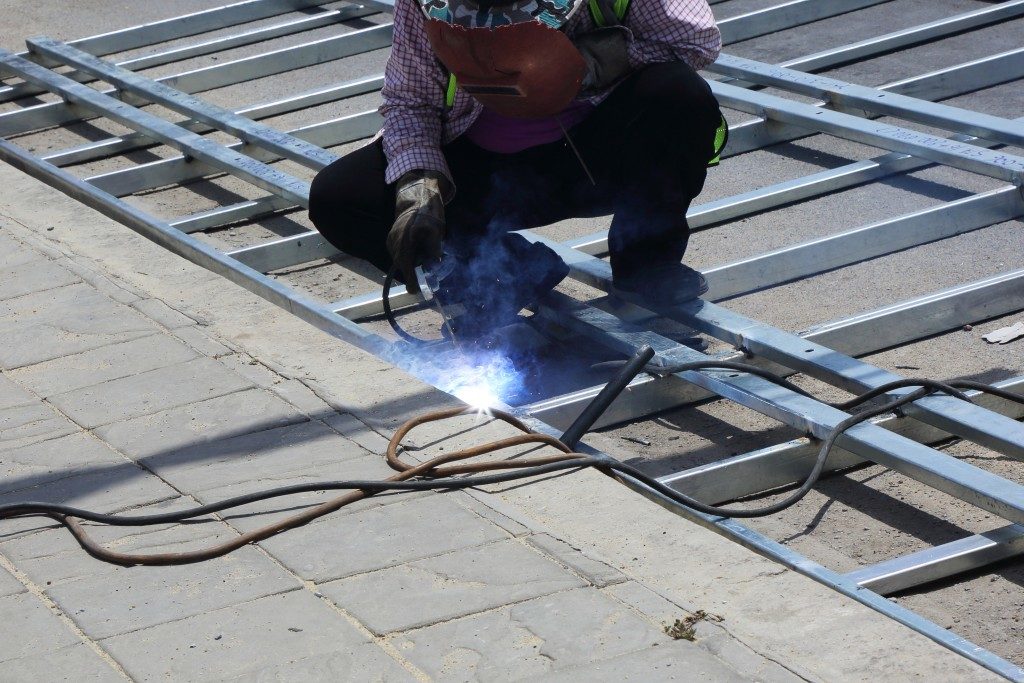When it comes to versatility and strength, nothing beats steel as a material for construction and manufacturing applications. That is why every year, an estimated 1.8 million tons of steel are manufactured and used all around the world for a variety of purposes.
In Australia alone, four prominent structures highlight steel as an unmistakable feature. The Deutsche Bank building has pointed headpiece made of steel. The Amalgamated Wireless Australia building has a massive steel-framed façade and striking white steel broadcasting tower. The Sydney Opera House’s roof shells were pre-cast and have steel tendons. The Sydney Harbour Bridge, recognized as the world’s tallest steel arch bridge, was made up of 53,000 tons of steel.
However, steel is not easy to work with. Good thing there are ways to solve this problem, and one of them is steel fabrication. Steel fabricators in Edmonton and other areas in Canada can attest to this.
What is steel fabrication?
Steel fabrication is the complex process of forming steel structures for building and construction, and even intricate iron artwork. Often, steel fabrication combines various raw materials to form a solid foundation for stunning architectural works.
The steel fabricators
Steel fabricators turn steel into predetermined shapes according to the specifications of a project. These designs come from steel detailers and drafters and are used by the fabricators to bring the design element to life. To do this, steel fabricators use their skills and expertise in various tools and techniques, as well as their knowledge about the properties of different types of steel.
This is done so that the necessary steel part will be ready when an installation project calls for it. A fabricator has a keen understanding of the specifications to ensure a proper fit.
Steel fabrication processes

Steel fabrication processes have come a long way since the 17th century, the period when steel was first used. Technological advancements in steel fabrication processes, such as the Computer Numerical Control (CNC) and 3D modelling has led to fabrication techniques that are more efficient.
Other techniques include:
Shot blasting
Fabricators often blast steel sections with small steel beads in an effort to rid it of impurities and prepare that piece for fabrication. This process gives it a clean finish that is required for welding two pieces together. Industries that often require shot blasting of steel components include construction, automotive, shipbuilding and manufacturing (for silos, pipelines, and tanks.)
Cutting
Sections of steel are cut according to the specifications of the project. To do this, a fabricator could use flame, plasma, or a circular saw.
Bending
Architectural designs are the basis of the fabrication work and if it calls for a bent component, the supplier must deliver the requirement of the client. This can be done by passing the steel component through a thinning bar in order to reduce the thickness and bend the material.
Welding
Cut pieces of steel will remain as is unless a great welder is available. Welding uses extremely high temperature to join steel components together.
Coating
One technique to coat steel is galvanization. The most common coating material is zinc, which is resistant to corrosion.
Without steel fabrication and the people behind it, we won’t see wonderful creations in different industries today. Steel plays an important part in building modern civilizations. Among the most commonly used steel materials include universal columns and beams, bar joists, sheets, and platforms.

